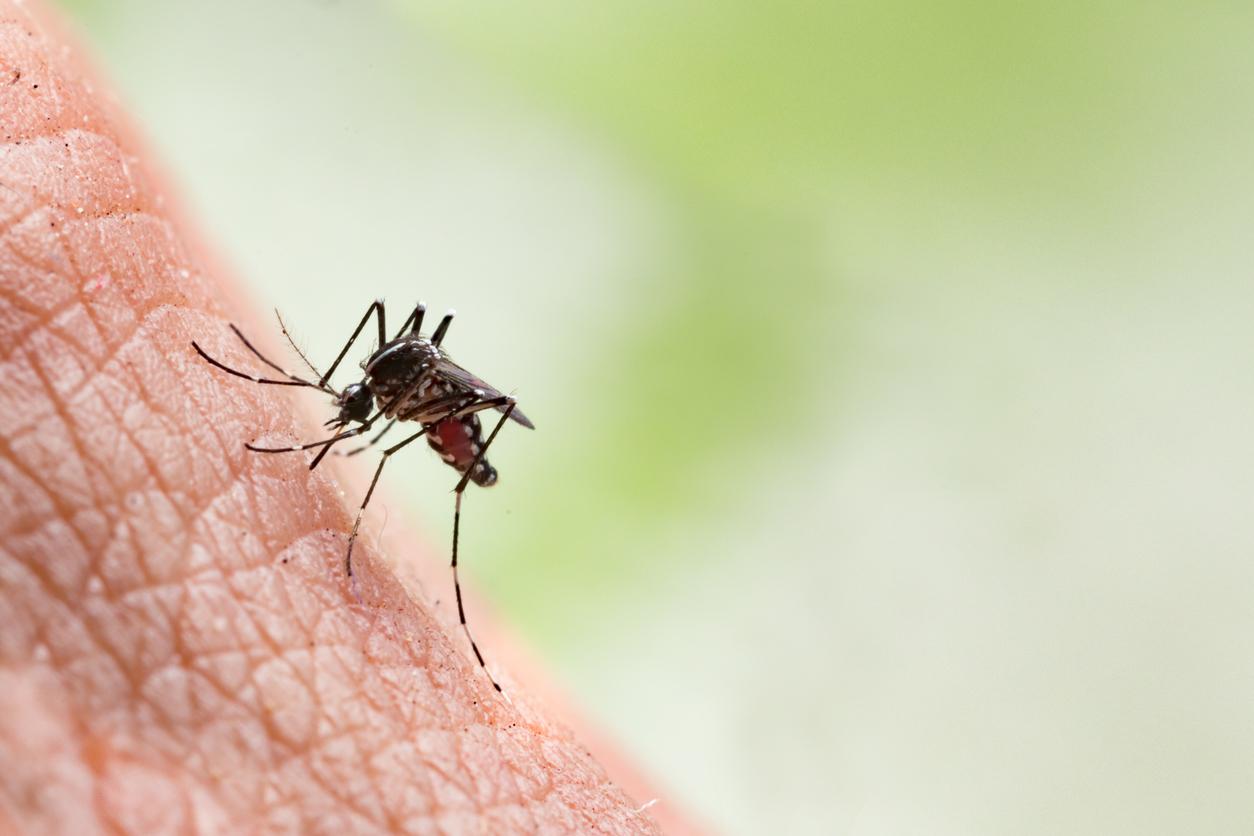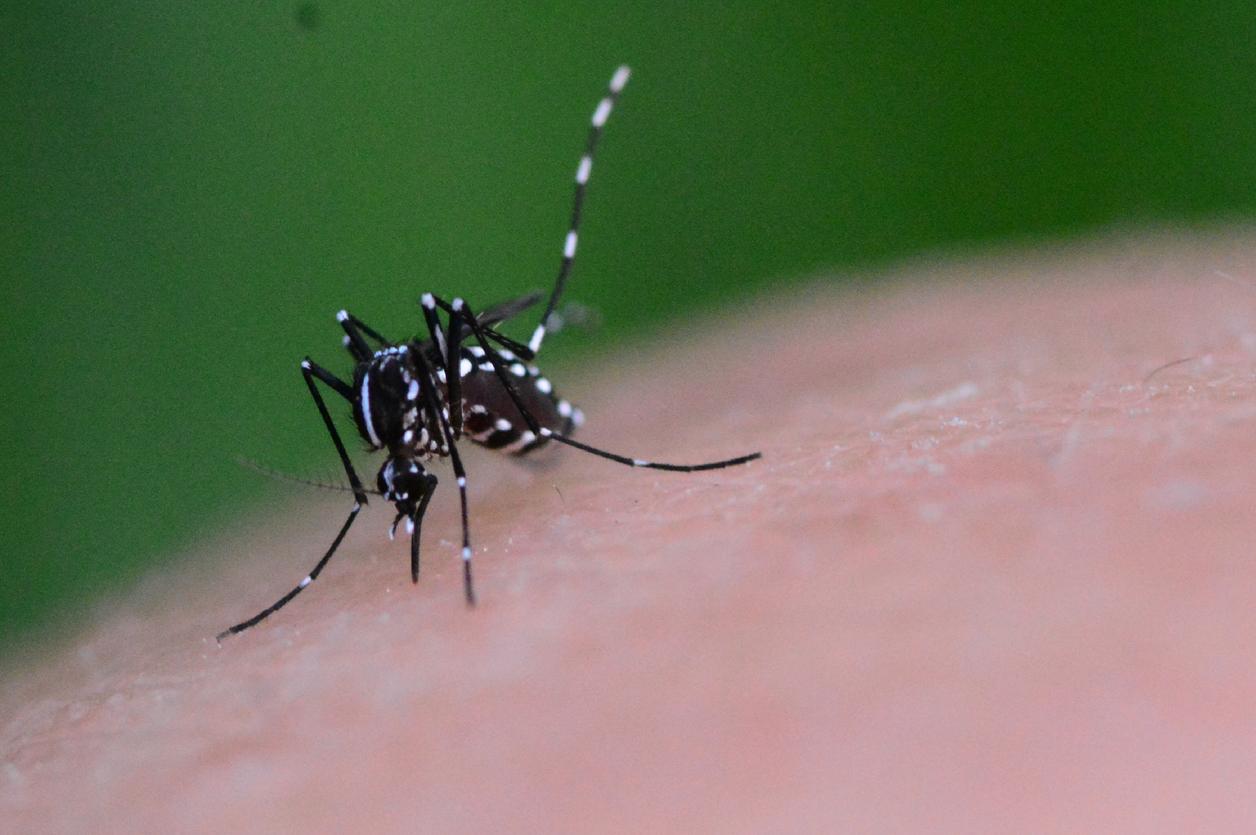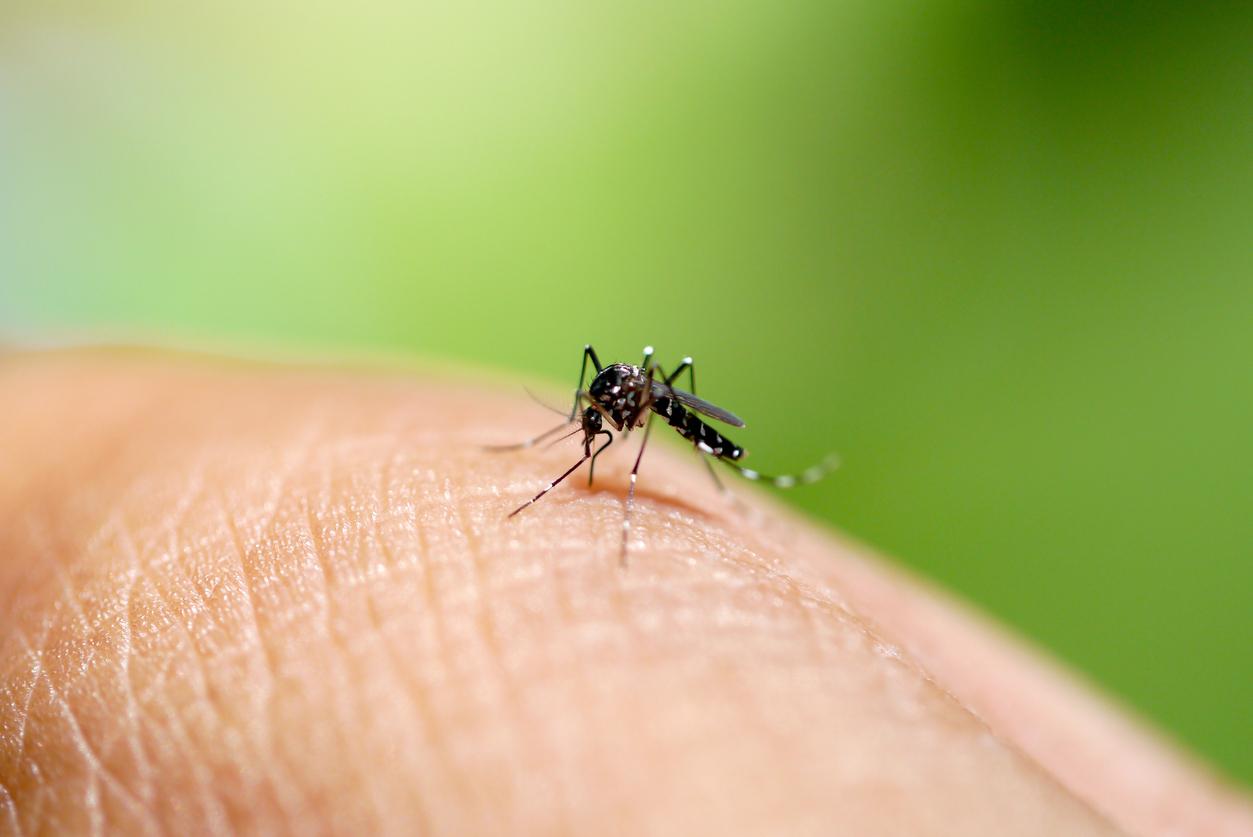Future enterovirus outbreaks could be driven by climate change.

- Enteroviruses are small RNA viruses that replicate in the human intestine.
- They are the cause of summer illnesses such as poliomyelitis, hand, foot and mouth disease, infectious conjunctivitis and encephalitis.
- Climate change could increase the maximum size of these seasonal outbreaks by up to 40%, new research suggests.
Poliomyelitis, hand-foot-and-mouth disease, infectious conjunctivitis, encephalitis… What do these diseases have in common? They are caused by enteroviruses, a type of small RNA virus that reproduces in the human intestine and generally circulates during the summer months. This characteristic has given rise to a hypothesis among scientists: could climate change increase the impact of epidemics linked to enteroviruses? It would seem so, according to their results published in the journal Nature Communications.
Climate determines intensity of enterovirus epidemics
To explore possible climate factors and assess the implications of climate change for the size of the epidemic peak, the team of researchers from Brown, Princeton and Johns Hopkins universities used data from two enterovirus serotypes from China and Japan: enterovirus 71 (EVA71) and coxsackievirus 16 (CVA16). Both are the main causes of hand, foot and mouth disease in these East Asian countries.
“We find, even after accounting for other factors, that temperature appears to increase enterovirus transmission, said first author Rachel Baker, John and Elizabeth Irving Family Assistant Professor of Climate and Health at Brown University. Importantly, we observe a similar effect size for polio and for the newer enterovirus serotypes that cause hand, foot, and mouth disease.”
Specifically, the authors found that climate change could increase the maximum size of enterovirus outbreaks by up to 40%. These effects vary depending on location and climate model.
Monitoring the circulation of enteroviruses
“The impact of climate variability on disease dynamics is underexplored, and this study represents a clear step forward in the much-needed exploration of this topic.“, said study co-author Gabriel Vecchi, the Knox Taylor Professor of Geosciences and director of the High Meadows Environmental Institute at Princeton University.
The team notes some reservations, however.While education and temperature are predictive of regional differences in epidemic dynamics, these two predictors alone are not sufficient to fully capture the shape of estimated seasonal transmission.“, she said.
The researchers point out that seasonal mobility or national holidays may also contribute to transmission and should therefore be studied in future work. They also point out that better surveillance of enterovirus circulation could help track these possible impacts.

















